How to Keep a Real Christmas Tree Fresh All Season Long
Keep your real Christmas tree looking and smelling fresh through the holidays with easy care tips on watering, placement, troubleshooting, and recycling.
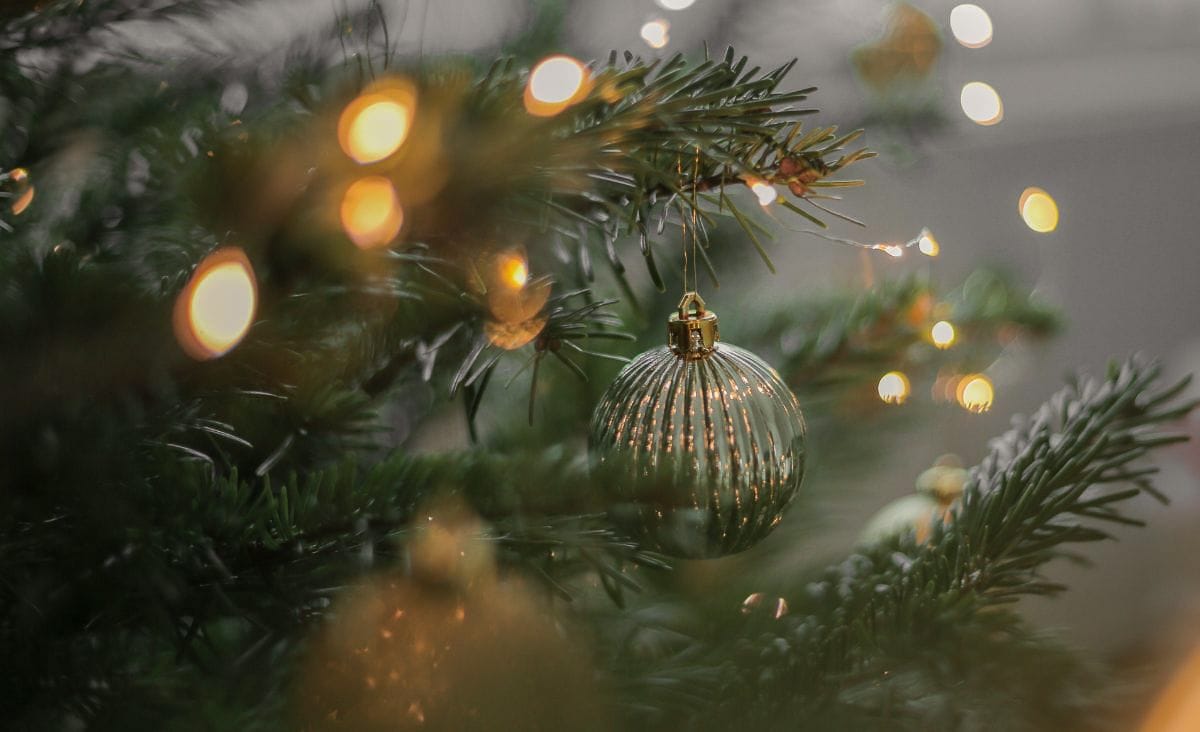
There’s nothing like the scent of fresh pine and the cozy glow of lights on a real Christmas tree. But if you’ve ever ended up with a sad, drooping tree halfway through December, you’re not alone. The good news? With a few simple steps, you can keep your tree healthy and beautiful from the day you bring it home right through to New Year’s.
Whether you’re a first-timer or just want your tree to last a little longer this year, this guide covers how to choose, prep, and care for a real Christmas tree. I’ll also share ideas for what to do once the holidays are over—and how to extend the season with homemade touches like DIY crochet ornaments and upcycled holiday cards.
Choosing the Right Christmas Tree
Not all trees are created equal—especially when it comes to how long they’ll last inside your home. Here’s how to pick a tree that will hold its needles and stay vibrant through the holidays.
Look for Freshness
A fresh tree is key to long-lasting beauty. Look for green, flexible needles and a strong evergreen smell. Avoid trees with dry, brittle branches or excessive needle drop when shaken. You can also run your hand along the branches—needles that stay put mean the tree is still hydrated and healthy.
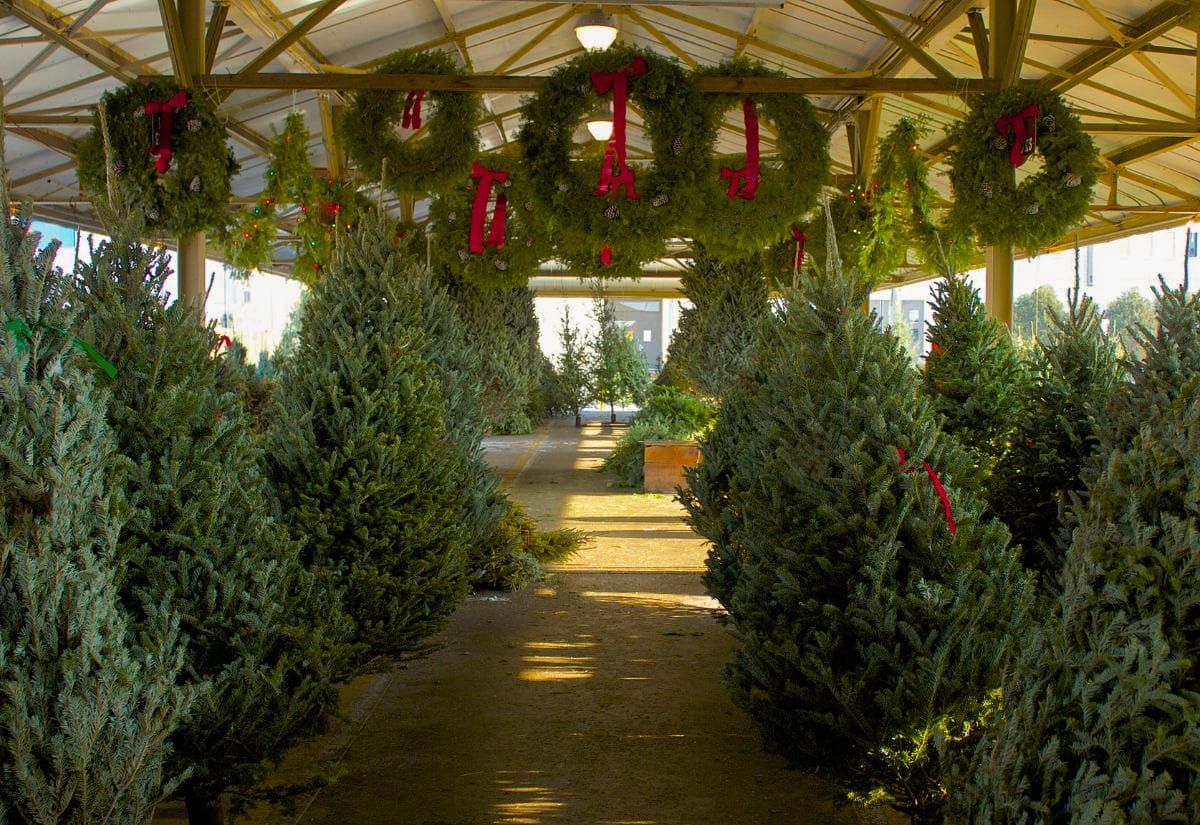
Consider the Variety
Some tree types are better at holding onto their needles or supporting heavy ornaments. Here’s a quick breakdown:
- Fraser Fir: Great needle retention and strong branches.
- Balsam Fir: Soft needles with a rich aroma.
- Douglas Fir: Full, fluffy appearance and sweet scent.
- Scotch Pine: Tough and long-lasting.
- White Pine: Soft needles and subtle fragrance.
- Noble Fir: Classic shape and sturdy limbs.
- Spruce: Beautiful but prone to dropping needles more quickly.
Think about what’s important to you—fragrance, appearance, needle retention—and choose accordingly.
Preparing Your Tree
Once you’ve picked the perfect tree, it’s time to set it up for success.
Make a Fresh Cut
Before bringing it indoors, cut about ½ inch off the bottom of the trunk. This reopens the pores and helps the tree absorb water properly. Do this even if the seller says it’s already been done—it only takes a few hours for the base to seal over.
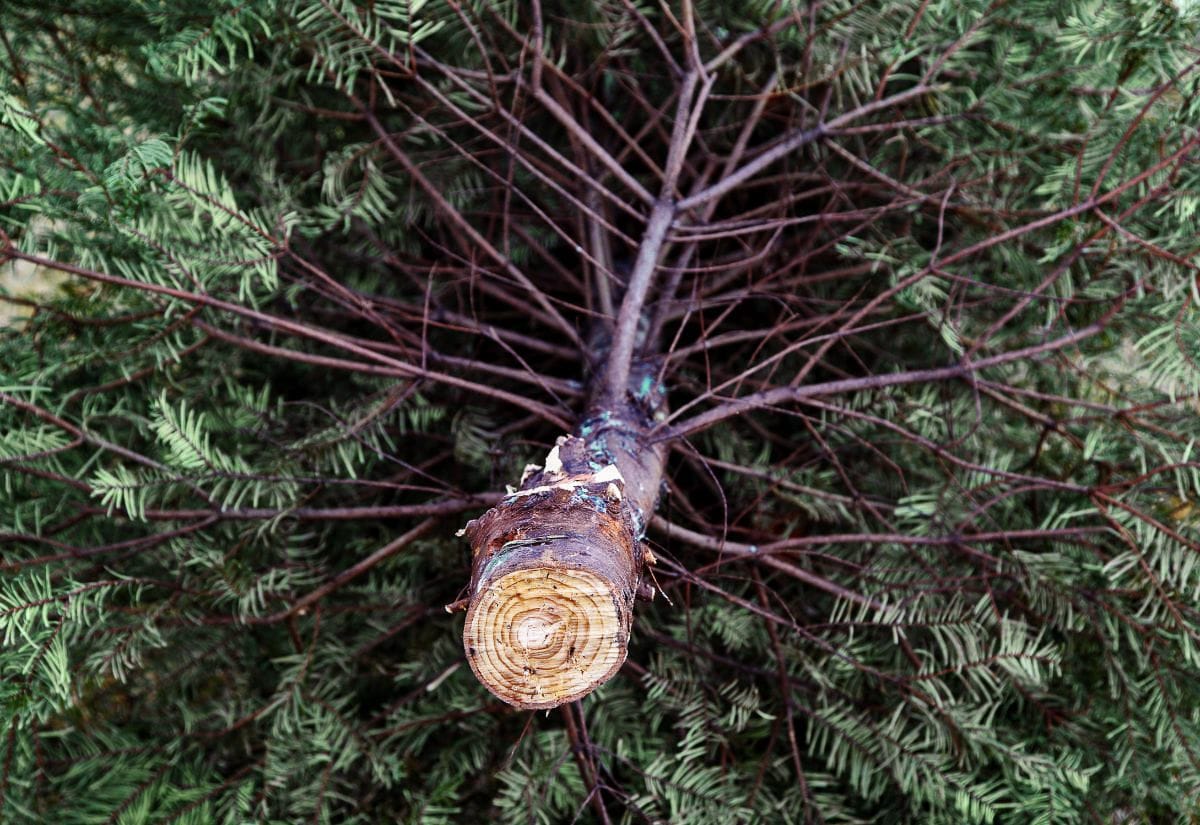
Choose a Good Spot
Your tree’s location matters more than you might think:
- Keep it away from heat sources like radiators, fireplaces, or heating vents.
- Avoid sunny windows that can dry it out.
- Pick a stable location where pets and kids won’t accidentally knock it over.
Setting Up Your Tree Stand
Your tree stand needs to do two things well: hold the tree upright and hold a lot of water.
- Choose a stand that holds at least 1 gallon of water.
- Fill it with room-temperature water immediately after placing the tree.
- Check water levels daily—your tree can drink a quart of water per inch of trunk diameter every day.
Daily Tree Maintenance
Caring for your tree doesn’t stop once it’s decorated. These small steps go a long way:
- Water daily: Never let the water level fall below the base of the trunk.
- Monitor temperature: Keep the room comfortable, not overly warm.
- Use natural additives if you like: A pinch of sugar, splash of vinegar, or crushed aspirin may help—but plain water works just fine, too.
Troubleshooting Common Christmas Tree Issues
Even with the best care, things can sometimes go wrong. Here are some solutions to common problems:
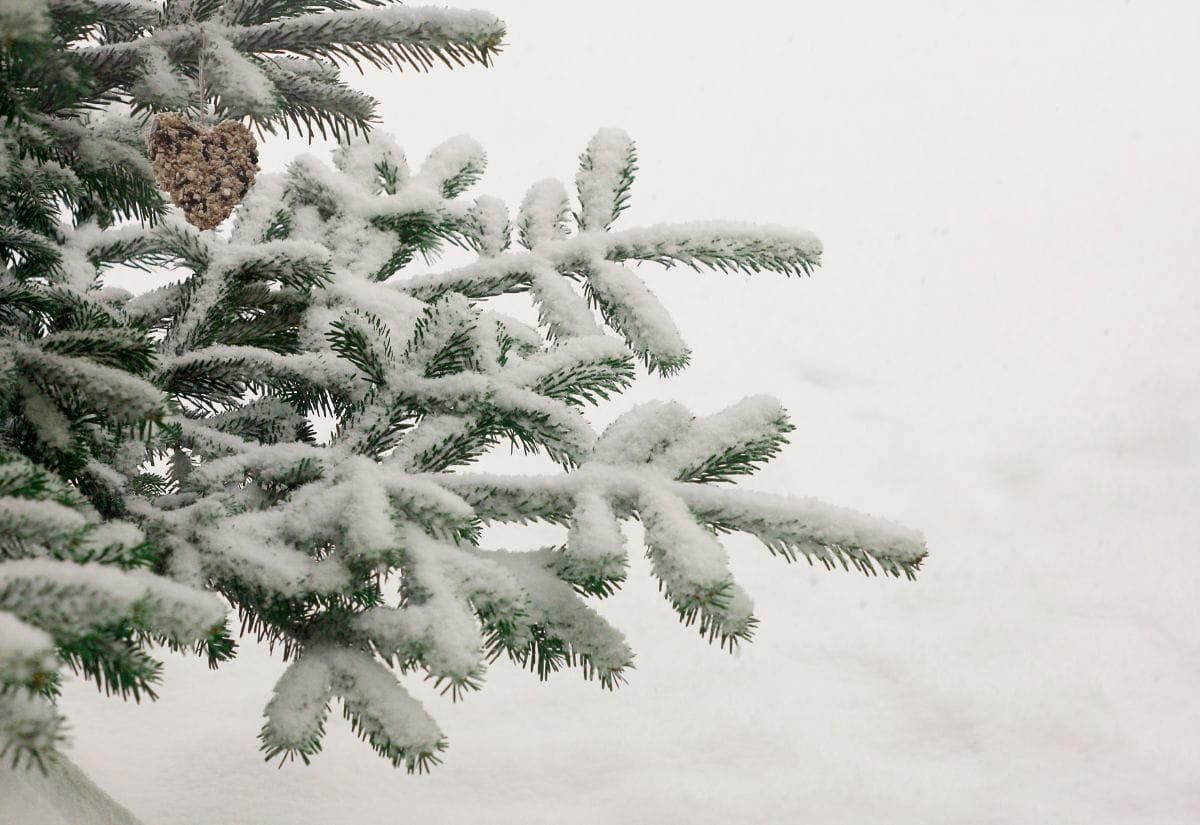
What to Do After the Holidays
Once the season wraps up, your tree doesn’t have to go straight to the curb.
- Tree recycling programs: Many towns chip trees for mulch or compost.
- Animal feed: Check with local farms—untreated trees are often used as goat feed.
- Outdoor décor: Move your tree outside and decorate it with birdseed ornaments for winter wildlife.
Want more ways to stretch the life of your seasonal decorations? Try these ideas for budget-friendly outdoor Christmas decor and Santa-approved crafts. And once the season wraps up, don’t toss those cards—check out 12+ creative ways to upcycle holiday cards instead.
Pin this post to save these tree care tips for next season—your future self will thank you!
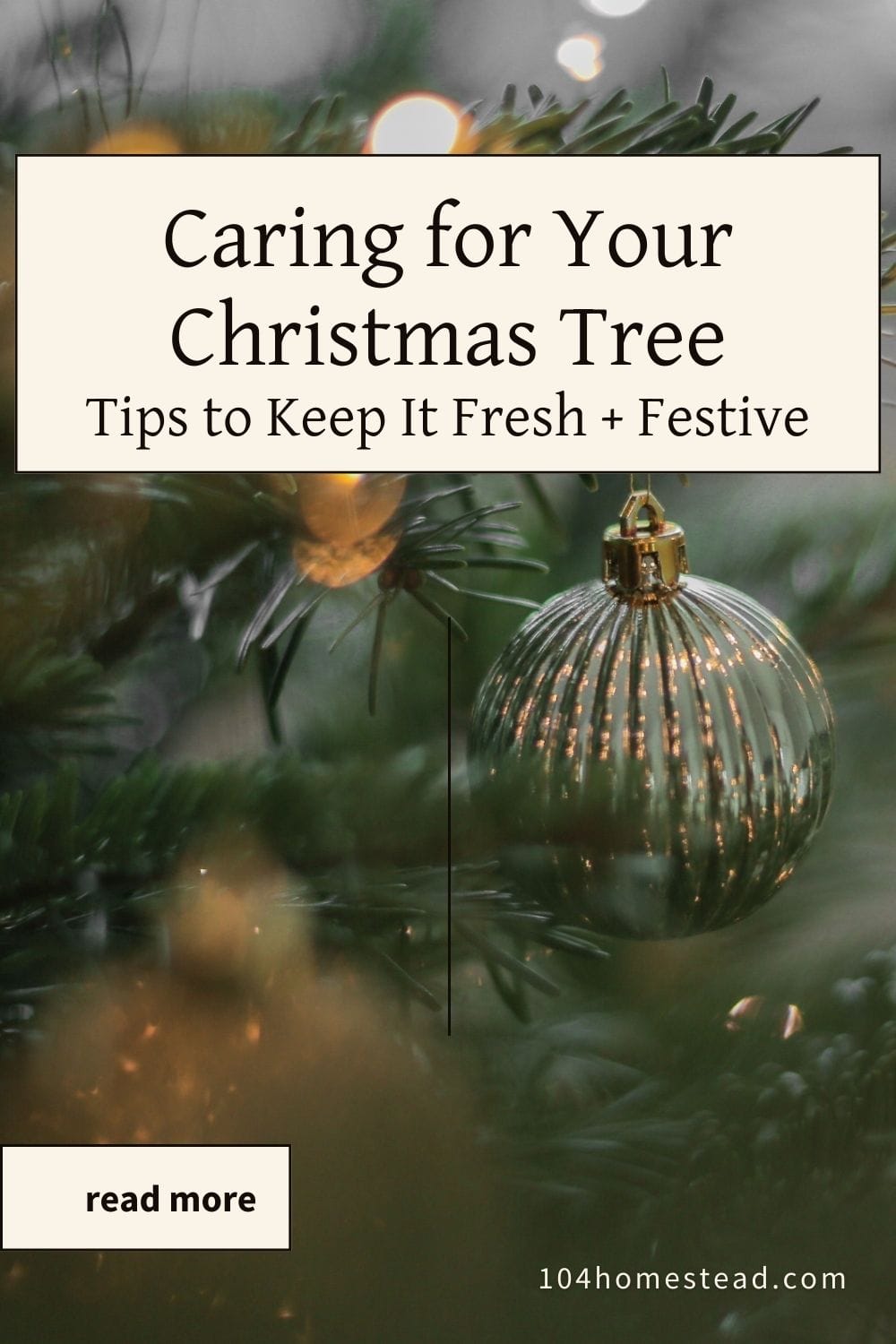
Caring for a real Christmas tree doesn’t have to be stressful. With the right setup, daily care, and a few mindful choices, you can enjoy a beautiful, fresh-smelling tree that lasts all season long.
Do you have a favorite tree variety or tip for keeping your Christmas tree fresh? Share it in the comments—I’d love to hear how you make the season bright!

